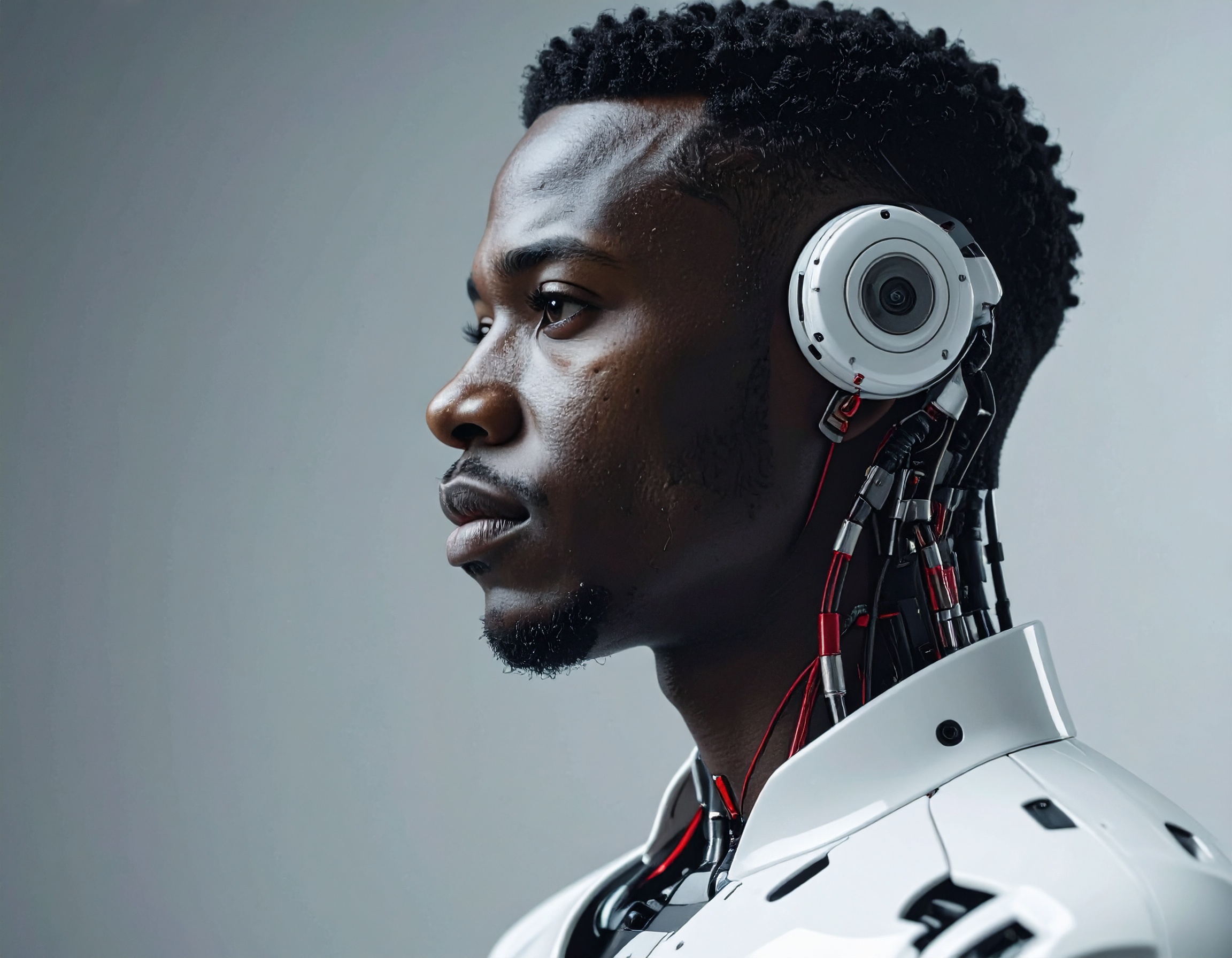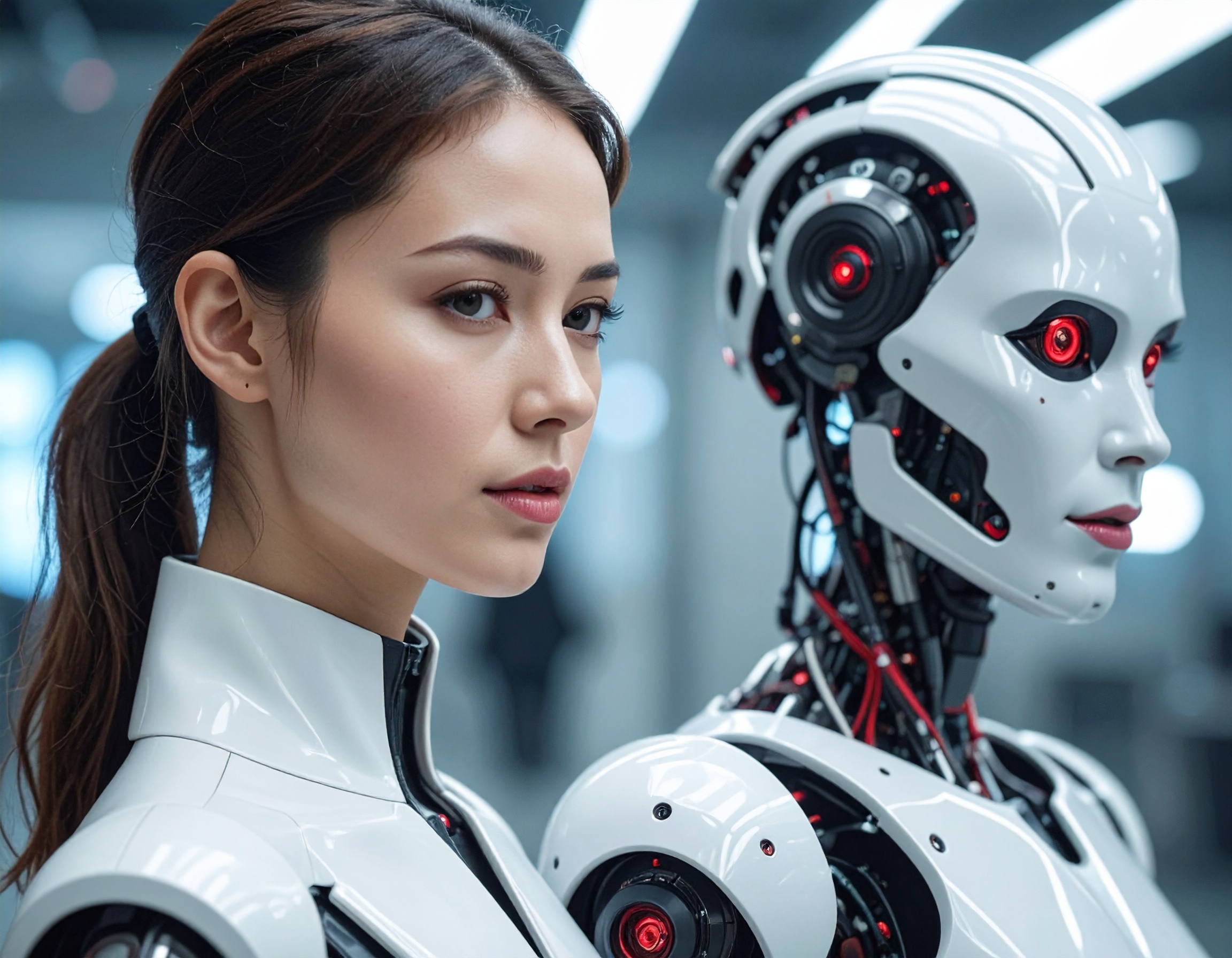Is the Humanoid Robot Industry Having Its ChatGPT Moment: What’s Unfolding Now

What Happened
In mid-September 2025, discussions around humanoid robots have intensified as many in tech ask whether the industry is approaching its “ChatGPT moment” — a turning point when non-human workers with AI capabilities move from promising prototypes and hype into widespread deployment. The phrase refers to how ChatGPT dramatically shifted expectations for what AI software could do; the question now is whether humanoid robotics can deliver similarly transformative impact.
While the original CNBC article couldn’t load fully, numerous sources around that time provide a consistent picture: companies like Tesla (Optimus), Agility Robotics, Figure AI, and various Chinese startups are accelerating development, prototyping, and thinking about scale. However, significant technical, economic, and regulatory challenges remain.
Why It Matters
- AI Employees & Non-Human Workers: These humanoid robots are being framed as “AI Employees” or “Non-Human Workers,” meaning machines that can perform physical tasks combined with smart software — not simply tools. If they succeed, they could reshape what labor looks like in factories, stores, homes, and caregiving.
- Voice AI Agents & Conversational Intelligence: Part of the push is to integrate natural language understanding more deeply (e.g. via large language models) so humanoids can understand instructions, communicate with people, and adapt to dynamic environments. Voice AI Agents aren’t just phones or smart speakers anymore — embodied agents are becoming more viable.
- Economic and Social Impact: Investors are estimating that humanoid robots could become major capital investments; they may help counter labor shortages (e.g. Japan’s aging population), improve productivity in factories and warehouses, reduce costs in services, and possibly shift how we think about jobs, regulation, and safety. But there are concerns too: reliability, safety, battery life, speed, adaptability, public acceptance, and whether the demand is really there to justify the massive manufacturing scale.

Key Facts & Evidence
- Some companies aim to produce thousands of humanoid robots in 2025 and beyond; however, auditors and analysts point out that many of these plans rest on uncertain demand and still-unresolved technical limitations.
- Robots often can perform specific tasks under controlled conditions (e.g. in warehouses, logistics) but struggle with more complex or unpredictable environments.
- Battery life and recharging remain big constraints; in many cases, robots can’t function continuously without long charging or maintenance breaks.
- Safety is another major concern; since humanoid robots move in human-shaped ways, fall risks or motion control issues are more problematic than for simpler robots.
- Experts like venture capitalists and tech leaders believe a tipping point may come in “the next few years,” but that full deployment (in homes or day-to-day public life) may still be further out.
Why It’s Still Not There… Yet
Because unlike purely digital AI (like ChatGPT), humanoid robots must interact with the physical world. That introduces costs, safety hazards, energy constraints, and complexity of perception, balance, movement, etc. In short: building AI software is one thing, building bodies for that software is a different kind of challenge.
Moreover, scaling from lab or pilot to mass production demands robust supply chains, regulatory frameworks, and clear economic models. Public trust and social norms (how people feel about robots in homes or public spaces) will also play a big role.
Key Highlights:
- The notion of “ChatGPT moment” is being applied to humanoid robotics: a point at which the field moves from niche/prototype to broadly impactful.
- Companies like Tesla, Agility Robotics, and Figure AI are pushing forward with ambitious production and deployment plans for non-human workers.
- Voice AI Agents are increasingly integrated to give humanoids conversational and adaptive capabilities.
- Major obstacles remain: battery life, safety, adaptability, cost, demand, and public acceptance.
- Real, widespread deployment (especially in uncontrolled environments like homes or retail) is still likely a few years off, though industrial uses may arrive sooner.
Reference:


